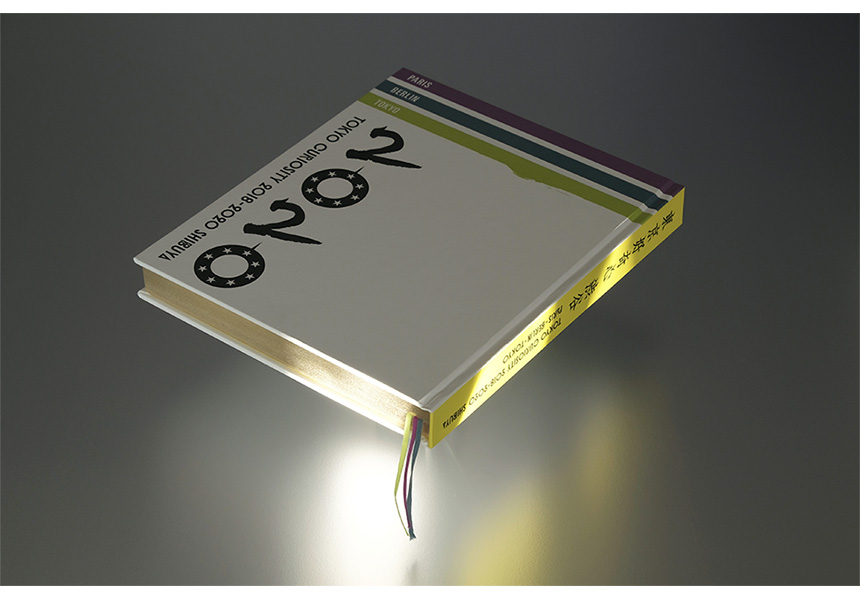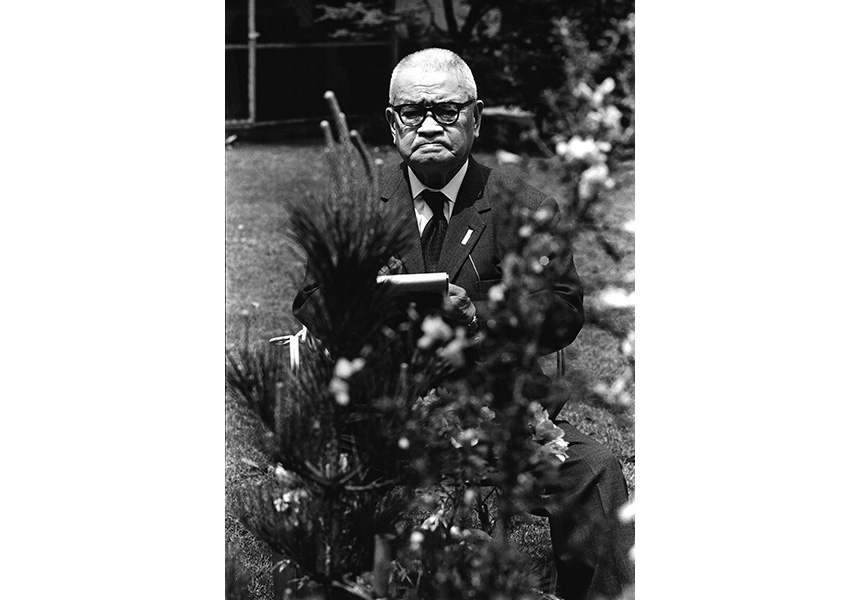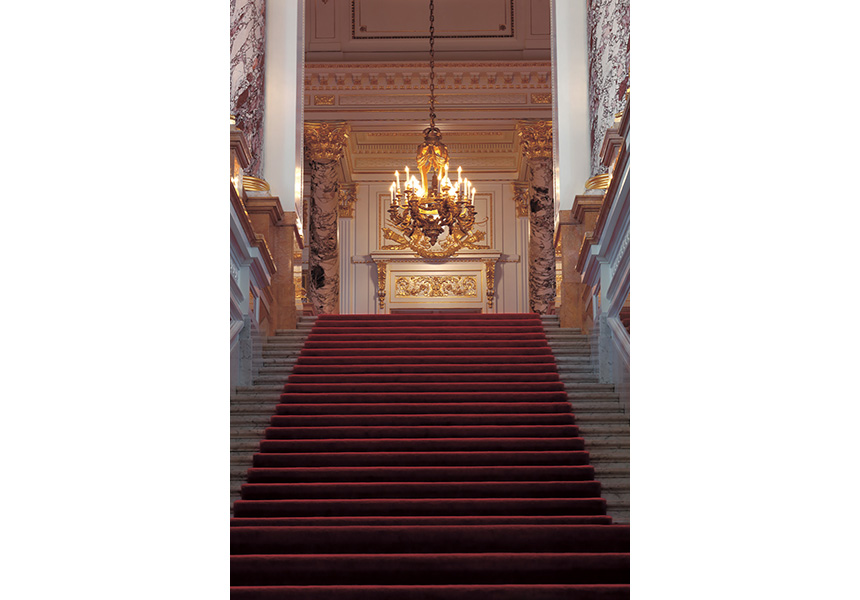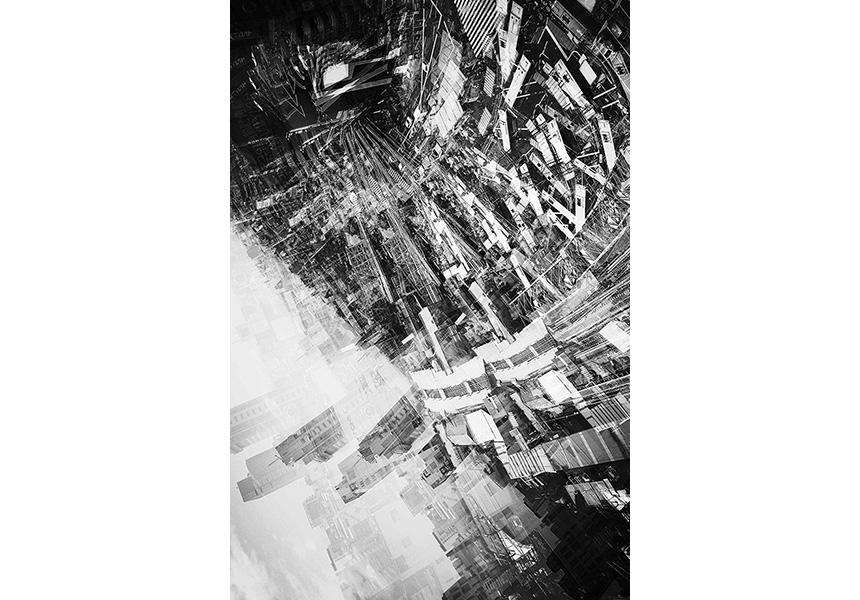 大西みつぐ プロフィール
大西みつぐ プロフィール1952年東京都深川生まれ。東京総合写真専門学校本科卒業。
東京の下町、湾岸エリアのニュータウンにフォーカスを置き、"東京という場所"をステージに、
そこに住む人々の生活やそのシーンをスナップの手法を中心に描き出す。
デジタルカメラでの撮影やインターネット上での作品発表にも早くから着手し、
実験的な写真表現にもチャレンジする。
1985年「河口の町」で第22回太陽賞を受賞。
1993年「遠い夏」および「周縁の町から」他で第18回木村伊兵衛賞を受賞。
-------- Q1 「東京画」プロジェクトを知った時、どんな印象をもたれましたか?
What did you find in TOKYO-GA at first, when you heard of the project?
最初はやはり、ヴイム・ヴェンダースの映画を思い出してしまいましたが、「写真」だと分かった時、なぜかうれしかったのです。ちょうど「東京写真研究」という東京を写した作品、作家についての小さな勉強会を立ち上げようと思っていた時期ということもあります。そして、「今、居る場所の現実と向き合う」ということに説得力を感じました。また「ここから」発信するのだという強いメッセージにとても共感しました。昨今、若い写真家たちはそのスタートラインにおいてステージを海外に求めます。海外で評価されるということは素晴らしいことではありますが、性急に功名を焦る必要もなく、自分が今生きている場としっかり向かい合うことは写真家として「共通一次試験」のように思えるのです。私は、この一次試験に受かったのか受からなかったのか、自分でも分からないまま写真を続けてしまっています。そしてその途上でこの「東京画」とうれしい出会いをしたのだと思っています。
Frankly it reminded me of Wim Wender's film. But I was somehow glad to know the project is for the photography, not for film, as I was about to launch a small seminar called "Studies in photographing Tokyo" for the photographers. I felt convinced by the principal theme of the project such as to "face with reality of the scene I am in" and to "dispatch messages from here". Young photographers tend to start their career in overseas, but I think more important in the first stage, is to look around the base we are living today, rather than to have a good reputation outside. This is just like the common preliminary examination for university. Continuing in photography since a long time ago, I myself am not quite sure if I passed through this first exam, so I thought the main theme of "TOKYO-GA" would make me return to the starting point. I found it perfect timing in a sense.
-------- Q2 大西さんにとっての東京はまさに「ライフワークのテーマ」でもありますが、
その過程において東京という存在はどのように変化し、
その東京に向かい合うご自身の姿勢はどのような影響を受けましたか?
Tokyo is obviously considered as the object of your life work. How do you recognize the transition of Tokyo and
the influence you feel in your attitude in pursuing the life work?
このところ、昔の35ミリモノクロフイルムのコンディションを確かめる作業を続けています。ときおり、作業していることを忘れ、手元のネガをうっとりと眺めてしまいます。そこに自身の姿を探しているようです。東京といっても、私は主として東のほうの町しか撮っていませんが、私が撮ってきたエリアは今始まったような町ではなく、江戸時代から続く連続性、あるいは空間構造といったものと深く関わって存在しています。そうした時間軸といったものをはっきりと感じて町を歩きシャッターを押すようになったのは1990年代以後でしょう。1960年代末から1970年代にかけては若い私はコンポラ写真に影響を受け、撮り方のスタイル、プリントのスタイルに「東京」も無理矢理押し込めていたと思います。善くも悪くも時代の荒波を被ったわけです。自分の歩幅で町を歩き、すれちがい、足を止めてしげしげと「見る」ということを学んだのは、1980年代に写真家の須田一政さんと関わり東京の町をくり返し歩くようになってからです。「東京」もバブルの時代へと突き進んでいきました。この時代に「東京」への基本的な想いが徐々に育まれていったのでしょう。
Recently I spend time to confirm the condition of the old negative of 35mm black and white films. I am often fascinated by those images in my hand during working. I here find a relative change in my photographing attitude epoch by epoch. I took a long time ago east part of Tokyo, which has a remarkable result of spaces continuously composed and constructed from Edo era. The old negatives tell me that I started to click shutters since 90's by feeling some sentiments to the time accumulated since the very beginning, whereas I had been just influenced by the contemporary photography of 60's through 70's to stick to the styling in taking photo and printing. I think in 80's I learnt to walk in the area, come across with the people, and stand for a while before starting to take photos, thanks to the occasions I had with Mr. Issei SUDA to walk repeatedly in Tokyo. Tokyo plowed through the "bubble period". I think my sincere thoughts to Tokyo has grown up since that period.
-------- Q3 写真を撮ることで見えてきた東京とは?
What have you exactly discovered in Tokyo by photographing?
東京の空間構造。「昭和」という時代はなんだったのか、あるいは戦後の日本の足跡、豊かさの正体、庶民の夢や希望の有り様。そうした、書物やニュースで知り得るような知識はもちろん「現場」から直接学べたと思っていますが、なによりも、町の細やかなディテールの中から「父や母の生きた時代」を想うことができたということです。懐かしさという独特の情感の果てに次第にそれが見てきました。したがって東京を撮るということは、私の「東京論」を紡ぐのではなく、父母への愛しさと感謝を表現するということでもあるのだと、、、、最近になってようやくわかってきたようです。ちょっとセンチメンタルではありますが、、、、、、
Firstly, it is the spatial composition of Tokyo. And then the life in Showa era, the trace after the World War?, what the richness really is like, and people's hope and dreams, etc. I have learnt something important from each on-the-spot directly, of course we get to know those information & knowledge by newspapers and books. But I have had several thoughts to "the time lived by my parents" through the details of the area and through the sweet memories and emotions to them. Just recently I have realized why I have kept photographing for a long time. It is to express my thanks and affections to my parents. It sounds a bit sentimental...
-------- Q4 大西さんが今一番撮りたい東京とは?
What do you want to describe Tokyo now?
「Wonderland」と掛け声か呪文のようにして撮ってきたわけですが、すでに私がいうところの東京の下町は「失われた町」としてあります。だからといって追慕の情だけでシャッターを押すのはちょっと嫌だなと思います。ノスタルジーは悪くはないのですが、そこだけに陥りたくはありません。やはり「いま」です。いまを撮りたい。東京のみならず都市の「速度」は異様に速くなっています。私は今年60代に入りますが、写真家としての集中力や緊張感はまだまだ持ち続けていきたい。そういうところからいえば、いつも課題を課しています。一昨年はストリートそのもの、群集の現在をテーマにした「標準街景」というスナップショットを。昨年は「東京スカイツリー」とは真逆にある、あまり写真家が撮らないような片隅の町をくり返し歩き撮ってきました。(今年の6月に新作として発表します。) また継続として撮っている「東京画」でのテーマも新たに撮ることで刷新されていく不思議な作品といえます。こうした仕事を続けながら、たぶん私はこの歳になって、そろそろはじめて「人間」をしっかり、直接撮りたくなってきているのだと感じています。それがいつスタートするのか、自分でも分からないのですが、、、、、
I have been photographing Tokyo, just like I am uttering an incantation of "Wonderland"*. (*Wonderland is his representative series title) The traditional areas of Tokyo have already become "the lost town". However, I do not want to click shutters with just nostalgia in those traditional areas. The nostalgia itself is never wrong, but I do not want to just stay there. I want to insist on "now", because big cities including Tokyo are changing extremely rapidly. I myself, becoming 60 year old this year, I would like to keep on controlling the concentration and tension in photographing. I impose myself a different themes every year. I made series of snap shots on streets and crowds 2 years ago to make a series "standard street shots". I repeatedly photographed small areas rarely photographed by the others last year, while they were interested in "Tokyo Sky Tree(the highest tower of the world)". This new series will be completed in coming June. I also continue in renewing my works for "TOKYO-GA". I now want to challenge the orthodox photographic genre of portraiture at this age. I do not know when it will get started by myself.
-------- Q5 「写真の力」を伝えるために必要な思考、システム、アクションとは?
What kind of thoughts, action and systems do you think necessary to transmit "the power of photography" to the society?
思考は、、、、、常に試行錯誤ですね。(シャレではないですが) つまり「写真とはなにか」ということを考え続けるということなのでしょう。オリジナルプリントが売れる売れないということだけに終始しているのはどうもちょっと違うような気もします。(もちろん売れればうれしいでしょうが。) 写真を見るという経験は、根源としての想像力、表象作用に委ねるということだと思います。それは人間にとって豊かな心をもたらしてくれるはずですし、他の動物には「写真の力」を伝えられるわけもありません。だからといって、考え抜いた、あるいは明確なひとつの方向を示すような写真を撮ればよいということでなく、結局、写真とはなにか、いや「わたしとはなんぞや」ということを考えることのできる「写真」であるよう写真家は努力すべきではないかと思うのです。それらは、これまでの写真の歴史が示すように、本来、写真家がたった一人で立ち向かうべきものであると思いますが、この複雑、かつ高度情報化された社会の中で、写真家の営みもまた少しづつ変化してきているのは事実です。「デジタル」という新たな方法もそのひとつでしょう。これまで一人で立ち向かっていた「事象」にたいして、協調や緩衝を支えとして、この時代の「体系」を新たに作り動いていくことも必要です。しかしシステムそのものを全自動化しコストパフォーマンスをよりよくし、合理的に「表現する」ということなどできはしません。表現者は、たどたどしい言葉や、衝突を余儀なくされるアクションであってもまず行動していく力が大事です。その上で、人の意見や考え方、つまり他者の存在にも眼を配り、耳を傾ける努力を怠らないということだと考えます。
To make the thoughts developed, always "trials and errors" will be required. I think I should think over "what is photography" continuously. It might be a bit strange for me to be anxious for the sales of original prints. Of course it must be delightful to sell them. The photography may give to audience a basic experience of imagination, which will surely enrich the human being. Animals cannot transmit "the power of photography". I imagine photographers need to propose to audience any photography asking "Who am I?" The photographer needs to think over this proposition just alone. The photographer needs to change his way according to the complex and quickly changing information world. "Digital" is one of the new methods. The photographer needs to establish his new system in accordance with such speed and complexity, although he may never handle his system automatically at a good rationality in expressing something. The one who expresses needs to take action first, even with some haltering words or indirect ways, in order to recognize existence of someone, to listen to the others carefully and to give respect to their different opinions.
2012年2月:メールインタビューにて
→大西みつぐさん 東京画プロジェクトページ



